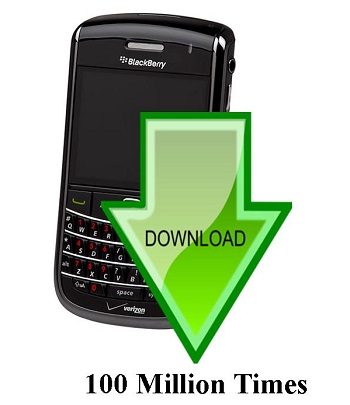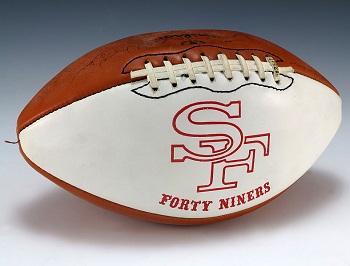The BlackBerry Messenger application has now passed this vital milestone since its launch in 2013.
It has been a year and a half since the BBM mobile app first became available on the Google Play store so that it could be used by Android device owners, and now it has broken past a very important milestone, having reached 100 million downloads.
The BBM stickers have also been making some important progress, as they have been sent over one billion times.
Users on Android devices are hooked on the mobile app stickers from BBM, as they have sent them over one billion times in a period of a year and a half. This, and the increase in the downloads of the messenger app has, according to BlackBerry, helped to illustrate the “tremendous momentum” of their instant messaging service. That said, it is important to point out that the number of active users and the number of people who downloaded the service are not exactly the same thing.
The comments from BlackBerry about the popularity of the mobile app shows a considerable and ongoing confidence.
 The company has revealed that it strongly believes that its own efforts will continue to help it to push its mobile messenger app figures higher and it will work to take advantage of this considerable momentum.
The company has revealed that it strongly believes that its own efforts will continue to help it to push its mobile messenger app figures higher and it will work to take advantage of this considerable momentum.
Comparatively, when looking at other messenger application brands, such as ChatON from Samsung, that service has also broken the 100 million download mark at Android, but at the same time, it is not even being seen as valuable enough to be worthy of continuing onward. Samsung will be shutting down that service before the end of this year.
Equally, WhatsApp currently has 700 million active monthly users – not just downloads – and they exchange an average daily 30 billion messages. That represents a usage that is 50 percent greater than the international SMS message market.
Therefore, while the progress being made by the BBM mobile app should not be ignored, it is the growth that is important, not the actual milestone, so far, as it will have a long way to go before it can be considered a complete turnaround in this area, as well.
Jed York has stepped well beyond simply being curious about this tech and is prepared to broaden its use.
CEO of the San Francisco 49ers, Jed York, has said that wearable technology is a great deal more than simply being intriguing, and he is now prepared to use it as a more important part of his strategy for the players.
York has expressed that the data collected through wearables can be invaluable for several goals.
He stated that wearable technology may be great for helping to enhance the performance of athletes, but that this is only the beginning of its potential. He also believes that these gadgets can help to lengthen the careers of the players. Wearables are already being widely used by players as a tool to assist them in the preparations for their NFL careers, but it is York’s belief that adopting these devices for safety purposes and to help to prevent injuries are the areas in which there is the most to gain.
York is hoping to be able to use wearable technology to keep players off the injured list and in the game.
 When speaking, recently, he asked “How do you get a guy to play 18 years in the league?… Or keep someone healthy for 16 games or an entire basketball season? I think you’re going to see analytics work for health and safety more so than calling better plays or drafting better players.”
When speaking, recently, he asked “How do you get a guy to play 18 years in the league?… Or keep someone healthy for 16 games or an entire basketball season? I think you’re going to see analytics work for health and safety more so than calling better plays or drafting better players.”
The NFL has been placing an ever growing focus on player safety, to the point that it is now considered to be an extremely important issue. When taking into consideration the fact that the average NFL player’s career will last only just over three seasons, it doesn’t take long to figure out why this has been taken very seriously. Moreover, it is also becoming widely known that retired players are regularly having to cope with major health issues later on in their lives. League-wide changes to the rules have had to take place as a result of the prevalence of concussions in the game.
Many companies, such as Under Armour and Nike, are now pouring millions of dollars into the development of wearable technology devices that will help to keep players from becoming injured through techniques such as tracking the frequency and severity of hits, particularly when they involve the head.
 The company has revealed that it strongly believes that its own efforts will continue to help it to push its mobile messenger app figures higher and it will work to take advantage of this considerable momentum.
The company has revealed that it strongly believes that its own efforts will continue to help it to push its mobile messenger app figures higher and it will work to take advantage of this considerable momentum.
 When speaking, recently, he asked “How do you get a guy to play 18 years in the league?… Or keep someone healthy for 16 games or an entire basketball season? I think you’re going to see analytics work for health and safety more so than calling better plays or drafting better players.”
When speaking, recently, he asked “How do you get a guy to play 18 years in the league?… Or keep someone healthy for 16 games or an entire basketball season? I think you’re going to see analytics work for health and safety more so than calling better plays or drafting better players.”